





Allergic rhinitis
 One of manifestations of a paradoxical immune response is allergic rhinitis, otherwise it is called seasonal. The disease is called as also hay fever because signs of disturbance of health are shown at contact not only with pollen of plants, but also with the dried-up grass. Primary contact with allergen arises at the level of upper respiratory tracts, in cells of a mucous membrane of a nose. Owing to the specific reaction of an organism having the genetic nature to certain substances of the organic nature antibodies – group E immunoglobulins are synthesized. They connect alien particles, forming complexes: antigen antibody. At repeated contact with alien particles there is a rough reaction. As cell-bound immune complexes are besieged in nose cells, first of all at such reaction allergic rhinitis with all its manifestations develops.
One of manifestations of a paradoxical immune response is allergic rhinitis, otherwise it is called seasonal. The disease is called as also hay fever because signs of disturbance of health are shown at contact not only with pollen of plants, but also with the dried-up grass. Primary contact with allergen arises at the level of upper respiratory tracts, in cells of a mucous membrane of a nose. Owing to the specific reaction of an organism having the genetic nature to certain substances of the organic nature antibodies – group E immunoglobulins are synthesized. They connect alien particles, forming complexes: antigen antibody. At repeated contact with alien particles there is a rough reaction. As cell-bound immune complexes are besieged in nose cells, first of all at such reaction allergic rhinitis with all its manifestations develops.
Allergic rhinitis, development mechanism
At continuous contact with allergens the condition of chronic inflammatory process in a nasal cavity provokes aggravations during the whole year. When allergic rhinitis has only seasonal nature, aggravations "disappear" after the end of a blossoming season of certain plants. Most often, not flower pollen, but birches is a source of a similar state during this period when leaves are dismissed.
The most often allergic rhinitis develops in the spring and in the fall – it is connected with other widespread allergen – to microfungi which freely move by air.
Nonspecific irritants – triggers provoke attacks of sneezing, cold and other symptoms of allergic rhinitis. On chemical composition they have nothing in common with allergens, but receptors of a mucous membrane of a nose irritate. In a condition of hypersensitivity of a nervous system the immune response follows immediately. Of allergic rhinitis the following factors can serve Trigerrami:
- Tobacco smoke, irrespective of brand of cigarettes;
- Exhaust gases of the motor transport;
- Cold air upon transition from the warm room;
- Pungent smell of means of perfumery or household chemicals.
The nasal cavity, okolonosovy resonant bosoms of a facial skull and tracheobronchial tree form uniform anatomo-physiological system. All these bodies are covered by an identical epithelial cover. Therefore allergic rhinitis is rather often accompanied by the following diseases:
- Polypostural rinosinusit;
- Asthmatic bronchitis;
- Bronchial asthma.
If timely not to treat allergic rhinitis, similar states develop. And, not as associated diseases or complications, but testify to prevalence of inflammatory process.
Allergic rhinitis, symptoms
The clinical picture of a disease allergic rhinitis symptoms has the following:
- The main;
- Additional;
- Nonspecific.
Treat the main manifestations:
- Watery nasal allocations;
- Pristupoobrazny sneezing without the visible reasons, generally in the morning;
- Burning in a nose, the itch extending on all nasopharynx;
- Breath through a mouth owing to a nose congestion, snore, puffing, decrease in sense of smell, twang.
Allergic rhinitis has a characteristic sign: "an allergic salute". The child carries out by a palm on a nose tip from below up, struggling with an itch. As a result of this movement there are scratches and raschesa on a nose, the cross nasal fold is formed.
Additional displays of allergic rhinitis happen not at all patients, but meet in most cases. These are the following symptoms:
- Dacryagogue, photophobia, emergence of dark circles under eyes;
- Feeling of a crash in ears when swallowing, deterioration in hearing;
- Pharyngalgias;
- Nasal bleedings owing to mechanical irritation of a mucous membrane;
- Irritation of skin of wings of a nose and nasolabial triangle.
The general symptoms of allergic rhinitis are not specific, but constantly accompany a disease:
- Irritability, slackness;
- The appetite loss which is combined with nausea;
- Headache;
- Sleeplessness.
Much less often allergic rhinitis is followed by fervescence. It occurs when in the place of defeat of an epithelium bacteria breed. At children gastric disturbance signs, owing to swallowing plentiful contents from a nasopharynx are observed.
Allergic rhinitis, means for treatment
Main objective of treatment of allergic rhinitis is prevention of development of bronchial asthma. For this purpose it is necessary to establish control over symptoms, and also to level all associated diseases.
It is necessary to treat allergic rhinitis according to the accurate program which includes the following events:
- Elimination of contact with allergen;
- Antiinflammatory therapy;
- Symptomatic therapy;
- Hypoallergenic diet;
- Immune therapy.
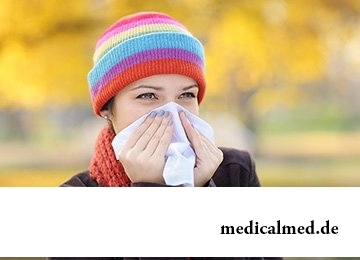 In cases when identification of allergic factors is difficult, it is necessary for the patient to create the surrounding situation close to sterility. Frequent cleaning of the room, the conditioned, moistened air promote elimination of the reasons for which allergic rhinitis develops, means of household chemicals at the same time should be chosen carefully. It is better to use usual water.
In cases when identification of allergic factors is difficult, it is necessary for the patient to create the surrounding situation close to sterility. Frequent cleaning of the room, the conditioned, moistened air promote elimination of the reasons for which allergic rhinitis develops, means of household chemicals at the same time should be chosen carefully. It is better to use usual water.
Antiinflammatory treatment of allergic rhinitis is carried out by hormonal drugs – glucocorticoids.
For removal of symptoms antihistaminic drugs of the last generation as they have no the side effects oppressing the central nervous system are recommended.
At year-round allergic rhinitis food only changes when the disease is combined with food allergy. At seasonal display of a disease the vegetable products having affinity with allergens are excluded from a diet.
Immune therapy is carried out according to testimonies of the allergologist.
There are very curious medical syndromes, for example, persuasive swallowing objects. In a stomach of one patient suffering from this mania 2500 foreign objects were revealed.
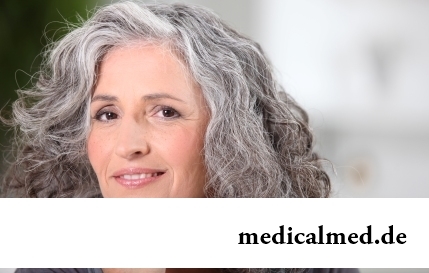
Sooner or later hair turn gray at all. Many people try to hide these changes, returning natural color of the hair with the help about...
Section: Articles about health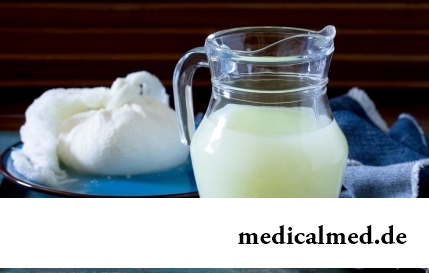
Milk and products of its processing by right occupy one of the main places in a diet of the modern person. They contain proteins, necessary for normal life activity, fats, vitamins and microelements, and are an important part of various medical diets....
Section: Articles about health
The healthy nutrition is the invariable principle of health and good health for long years of the woman. Nevertheless, in a diet at each stage of life there are the features allowing to support an organism by those substances which are most necessary for it at present. Eating according to them, the woman will be able to feel vigorous and strong, and also to adapt to changes in an organism so that they allowed it to lead active lifestyle at any age....
Section: Articles about health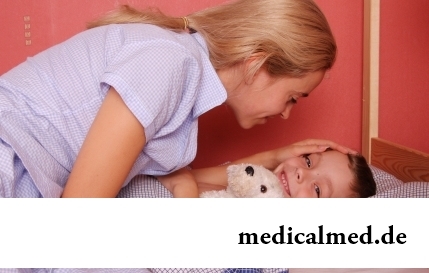
Neurosis is called pathology of a nervous system at which deviations in functioning of the highest nervous processes are observed. Nye...
Section: Articles about health
What will only not be thought up by persons interested to have a beautiful figure. Here the last innovation – for weight loss needs to be eaten greasy food. Let's understand whether there is at a fatty diet common sense....
Section: Slideshow
The immunity role in growth of the child is invaluable. The proteins-immunoglobulins produced by immune system preserve the child against the diseases capable − owing to an organism weak still − to serve as a stressful factor, to become the reason of many complications and delays in development of the kid. If the immune system weakened, health of the child is under direct threat and needs active actions for strengthening of protective forces of an organism − preferably non-drug....
Section: Articles about health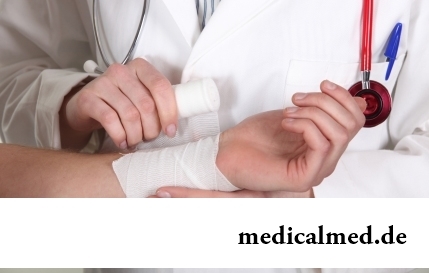
The words "disease" and "patient" not without reason come from one root – "pain". As a rule, symptoms of illnesses thoroughly spoil the patient...
Section: Articles about health
About 10-15 years ago existence of the computer in the apartment of the Russian was considered as a rarity and office rooms were only at the first stage of equipment by these useful devices. Today practically in each house there is a computer (and often not one), and to constants...
Section: Articles about health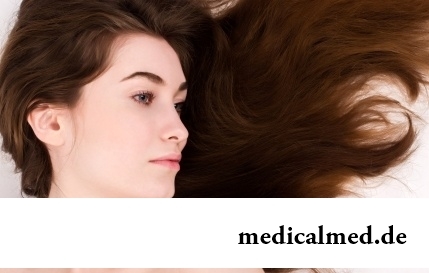
What woman does not dream of a beautiful and thick hair? While physicians developed difficult schemes on hair transplant, in the industry of hairdresser's art a few years ago there was a sensation – methods of hair extension appeared. It would seem, dreams came true: though the procedure of building also does not belong to the category cheap, practically any woman can increase several times the volume of hair, change their length and color – generally, to become the real beauty queen....
Section: Articles about health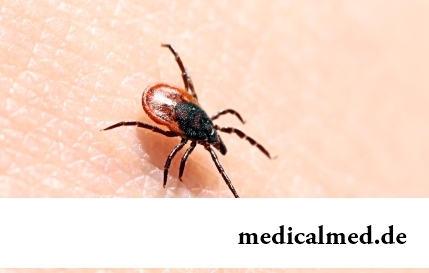
Tick-borne encephalitis – one of the most dangerous viral diseases which causative agents transfer and is given to people by ixodic mites. Эт...
Section: Articles about health
Each of us repeatedly noticed that the people having the same passport age are sometimes not similar on one-years at all. One at the age of 40-45 years already looks almost an old man, and another and in 60 is young, vigorous and full of life. The matter is that state нашег...
Section: Articles about health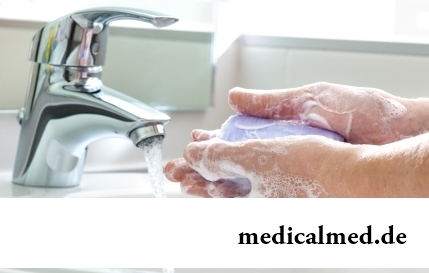
Helminthosis is one of the most widespread diseases. Statistically, any species of helminths infected every third inhabitant of the planet. Most of specialists even consider these data strongly underestimated: some uninvited "cohabitants" do not cause the carriers serious troubles, and patients just do not see doctors. The situation is aggravated also with the fact that people know about specifics of similar illnesses very little. At many presence of worms is strong ассоциир...
Section: Articles about health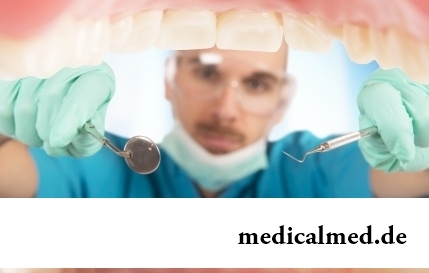
White teeth and the Hollywood smile – a dream of many people. Long time was considered that a plaque on teeth and change of their color – destiny of those...
Section: Articles about health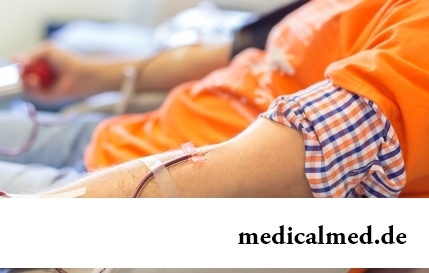
Transfusion of donor blood has almost century history. In spite of the fact that this procedure is quite usual for many people, process of blood donation is still surrounded with numerous myths. Today we aimed to discredit the most widespread of them....
Section: Articles about health
The person, as well as all other beings living on our planet feels weather changing. It is the normal meteosensitivity which is not causing to healthy people of special troubles. Meteodependence, on the contrary, is the morbid condition which is characterized by an exacerbation of chronic illnesses at change of air temperature, differences of atmospheric pressure, wind strengthening, magnetic storms and other "surprises" on which the nature is so generous. The people suffering from meteodependence have to з...
Section: Articles about health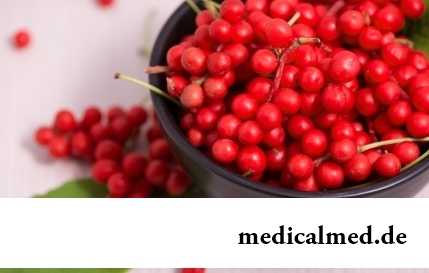
Statistically, pathologies of a thyroid gland in the world more than 500 million people have. Failures in work of this body conduct to is heavy...
Section: Articles about health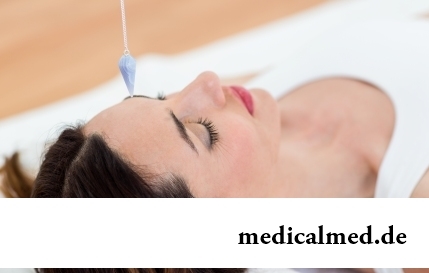
Practice of hypnotic impact on consciousness of the person contains about two millennia. During this time scientists managed to learn a lot of things about a phenomenon of hypnosis and learned to facilitate a condition of the patients having heavy illnesses with its help....
Section: Articles about health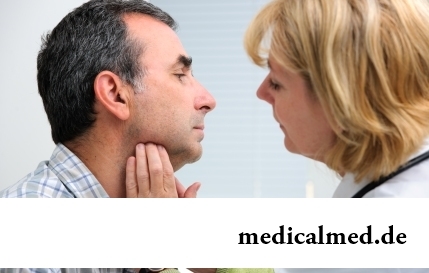
The endocrine system carries out extremely important role in a human body, practically all processes of life activity are regulated by it. Closed glands (hemadens) produce special biologically active agents – hormones which then get to a blood channel and are transferred to bodies addressees, or as they are called still, to target organs. Frustration of this mechanism are fraught with development of serious chronic pathologies....
Section: Articles about health
Herpes simplex of the first type (the infectious disease which is shown periodic bubble rashes on is called...
Section: Articles about health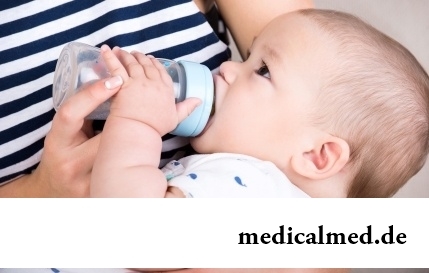
Producers of milk mixes for children assure: mixes are ideally balanced and adapted for needs of babies. If mother should raise artificially the kid owing to serious problems with health, to do nothing – m substitutes...
Section: Articles about health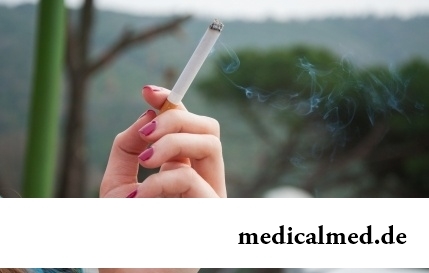
Statistically, in Russia about 34% of citizens smoke. Most of consumers of tobacco has problems with health sooner or later. Not only smokers, but also their relatives suffer. Besides, cigarettes are expensive, and need of their acquisition goes a heavy burden on the budget of thousands of Russian families. Many people dream to refuse harmful tendency, but everyone manages to make it not: nicotine addiction is affectionate and to get rid of it not easy....
Section: Articles about health
The fatigue, sleep debt, disturbances of food, bad mood, vagaries of the weather – all these circumstances badly are reflected in our vn...
Section: Articles about health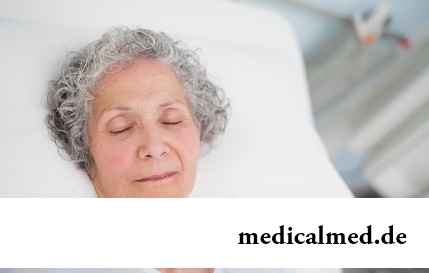
Some people consider what for medicine of the 21st century of secrets in the field of health of the person almost does not exist. It absolutely not so. The more answers scientists receive, the more the most difficult questions are raised for them by life. Besides, there are diseases, not объясн in any way...
Section: Articles about health
The modern person not always manages to find housing in the environmentally friendly region and such work which would not do harm to health. With food stuffs at first sight the situation is much better: shops are overflowed with goods which are positioned by producers as very useful and absolutely safe. Many Russians are absolutely sure that the choice of products with marking "bio", "эко" or "organik" guarantees them and members of their families an optimal variant of food. To a sozhala...
Section: Articles about health
Feeding by a breast - the integral part of ideal motherhood allowing to come into contact with the kid and to create since early years...
Section: Articles about health
The thought that the mass of their body is too big at least once in life visits from 80 to 95% of women. Many women are so obsessed with this idea that constantly try all new and new ways of weight reduction. Considerable part of these method...
Section: Articles about health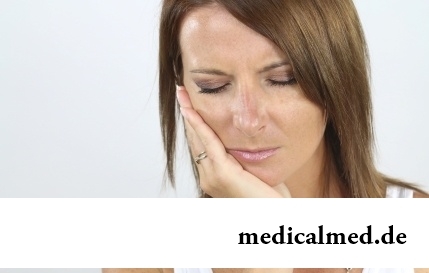
Heart disease and blood vessels lead to disturbance of blood supply of bodies and fabrics that involves failures in their work, deterioration in health of the person, decrease in its working capacity and standard of living. Annually more than 17 million inhabitants of our planet perish from pathologies such....
Section: Articles about health
